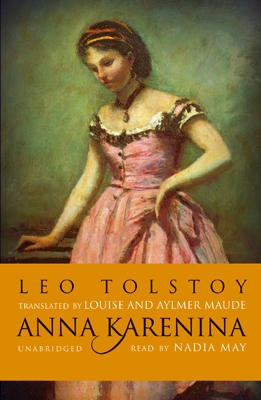Welcome to Spoken English class, an initiative of the Nanubhai Education Foundation! Before and after school between Mondays and Fridays, Zach and I lead our own Spoken English classes to improve students' abilities to use English in a more conversational manner. The class is completely voluntary, and the number of registered students was capped at 120 (which means 30 per class since we each teach one in the morning and one in the afternoon). If you read my last entry, you got a sense of how little English most students actually learn in their academic English classes. Spoken English class is meant to be part of the solution to English-learning problem at Kadod High School. Our goal is to teach the students useful English phrases, get them to practice them with each other, and hopefully, by the end, have them be able to hold simple conversations without hesitation or a need to have sentences repeated multiple times. Since this is a non-academic class, we have a little more flexibility with how we structure class times, which means more interactive activities and an aspect of "fun" that is nearly nonexistent in normal classrooms.
Day 2 of Spoken English class just finished, and my initial assessment is... a lot more work needs to be done. In Day 1, we taught the students how to describe basic emotions in response to the question, "How are you?" Whenever I ask students (or adults for that matter) this question in English, the response I get 99% of the time is "I am fine." That answer has somehow become embedded in most Indians as the only answer to the question, "How are you?" So we attempted to expand the range of responses that the students could give for that simple, yet important, question. The lesson was going really well! It seemed that students were getting more and more comfortable giving varied responses, so I decided to take it a step further and add a little more complexity. I wrote an example dialogue on the board.
A: How are you?
B: I am great!
A: Why are you great?
B: Because I love India!
I read the dialogue out loud and asked the students if they understood. I was met by a resounding "yes!" My face must have been beaming as thoughts of these students' imminent fluency in English soared through my mind. Eager to see what the students could do with this dialogue structure, I asked the class, "Who wants to practice first?"
The hand of a small girl sitting in the second row shot up in the air before any of her classmates. Asking her to stand up, I gave her the question, "How are you?"
"I am great!" she replied.
"How about using another word? Something other than great," I told her.
"I am... sad!" she then said. Hmm.. that's an interesting response. But I decided to just go with it.
"Why are you sad?" I asked
"Because I love India!"
Most of the class burst into laughter as she sat back down with a smile on her face, proud of her accomplishment. I know as a teacher, I shouldn't laugh when students get things wrong, but, in that moment, it was honestly too hard to contain myself. Sure, I had to take a few steps back and explain the dialogue bit by bit, and sure, some of the students might still not have gotten it completely. But I'm anything but discouraged. When I dismissed the students at the end of class, they all ran out of the classroom yelling "Bye, teacher!" or "Bye, Mr. Eric!" and I thought that even though they might have a ways to go before reaching conversational levels in English, it brings me so much joy seeing them actually want to learn English.
For your enjoyment, a short clip from a charades game we played to practice describing actions in response to the question, "What are you doing?"
Spoken English Class, Pt. 1
Subscribe to:
Post Comments (Atom)


0 comments:
Post a Comment
You can also follow any responses to all entry through the RSS Comments feed.